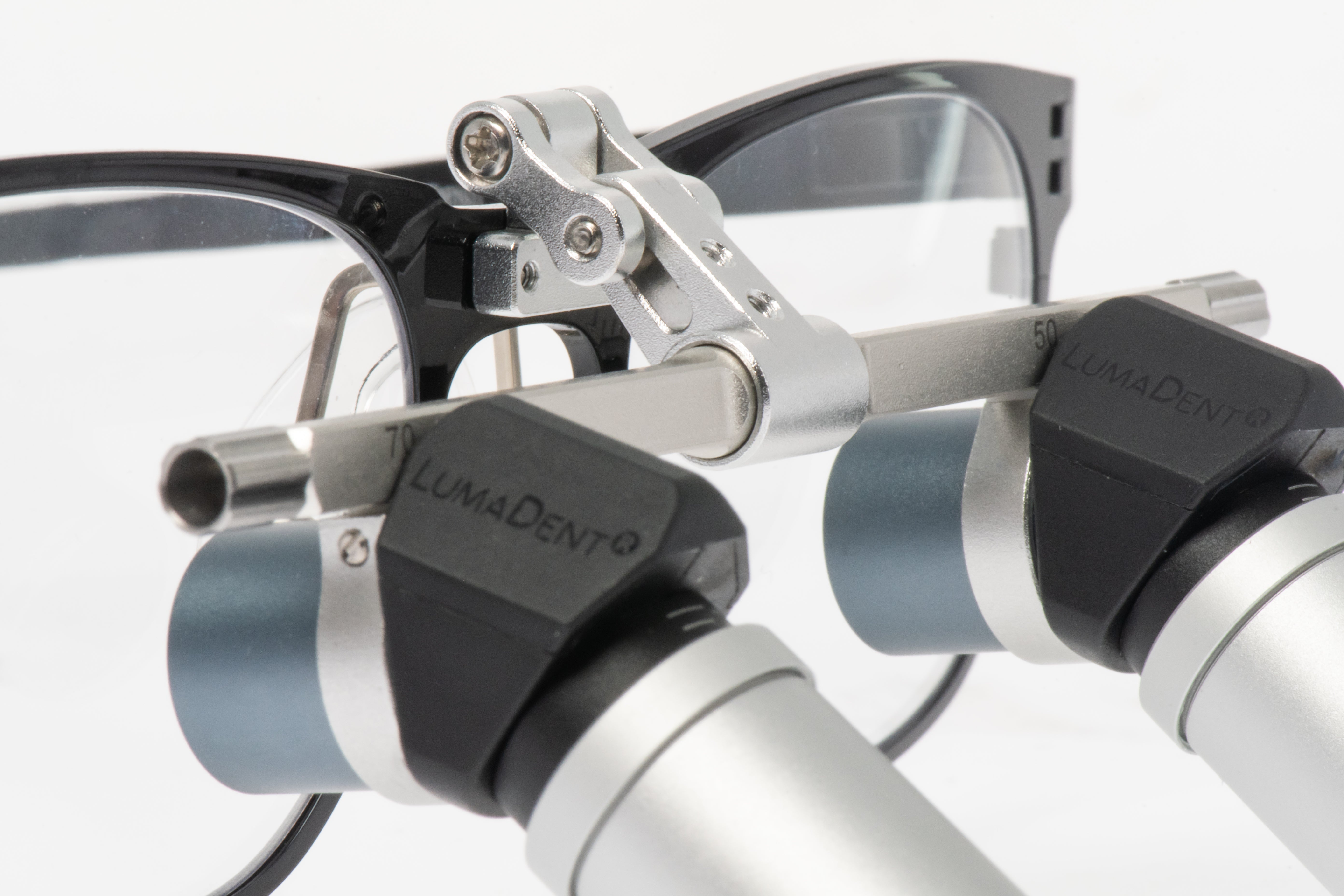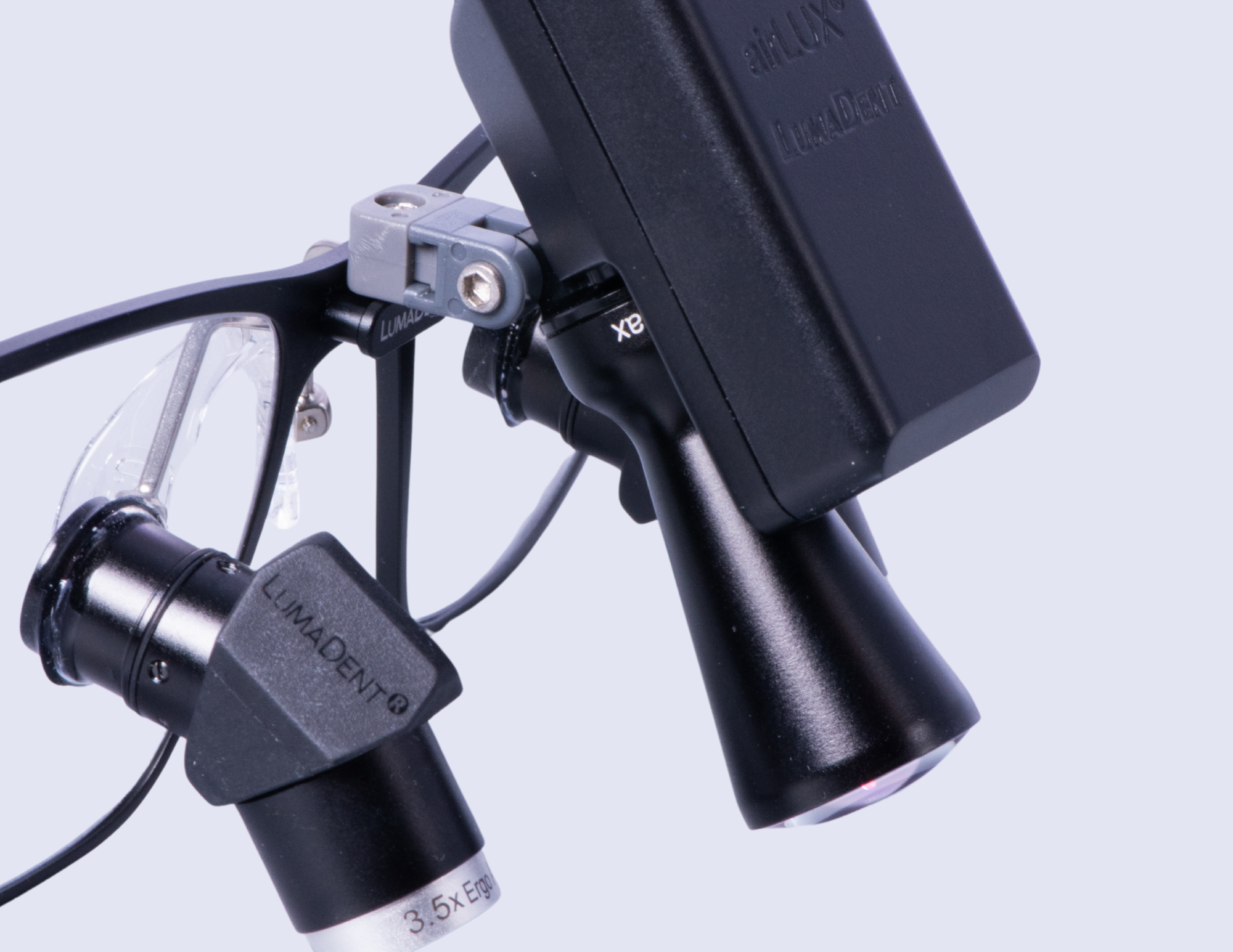Color Rendering Index is a measurement of the ability of a light source to accurately show colors based on an ideal or natural light source (typically the sun). Beginning in 1937, this was the industry standard measurement. As a general rule of thumb, anything above a CRI of 80 is a "good" CRI for color reproduction. Most LED lights available today are approximately 80 CRI and produce fine colors, including the light bulbs you can buy for your home from any grocery store. Any CRI above 80 indicates that the manufacturer cares about their products and the quality of the light they create. For any CRI below 80, color rendering was not a priority in the design of that light.
Keep in mind, this is different than the color temperature, which is an indication of the "color" of the light itself measured in Kelvin.
We are proud to say that our award-winning HL360™ LED Headlight has tested as high as 90 CRI. This is notably higher than your average LED light and ensures accurate colors across the entire spectrum of visible light.
There is an important piece of information to note here, though: above 80, CRI differences of less than 10 can become difficult to perceive with the human eye.

As you can see, once you get above 80 CRI things look pretty good.
CRI can be an important factor... but it isn't as simple as "a number that says how vibrant the colors are". In 2019, CRI is an outdated and imperfect measurement. Much like the MPG rating on a car, several factors can determine how the performance plays out in the real world.
- CRI was developed in 1937 and... well, a few things have changed since then, most notably the invention LED lights.
- CIE, the body which invented the CRI measurement, began working on an replacement measurement for CRI in 2007 because the measurement is outdated and does not accurately represent real world performance of modern lights.
- CRI measures the value of just 8 colors, where newer standards like CQS or IES TM-30-15 account for 15 colors and are the preferred standards used by photographers, filmmakers and other lighting professionals in 2019.
- Combinations of color can be made that are not accounted for in the CRI spectrum but are in the newer standards.
- CRI does not account for color temperature, which can be a major contributing factor in the appearance of colors depending on the type of light you're using.
- Incandescent bulbs feature a CRI of 100. However, grab a navy blue sock and a black sock and put them under that incandescent bulb together. You're going to have a hard time telling them apart. The point is: there is more to determining light quality than CRI.
- Even the ambient light in the room will affect how you will perceive colors.
It's important to note that the effects of light exposure on vision and eye health can vary depending on factors such as individual sensitivity, light intensity, duration of exposure, and overall eye health, not just CRI as it's an imperfect measurement. The American Academy of Ophthalmology (AAO) and other eye health organizations have cautioned against excessive blue light exposure, too.
Warm or neutral white light sources generally have less blue light content compared to cooler white lights. This is why LumaDent utilizes these light sources with our loupes instead.




Share:
LumaDent Worldwide
Loupes 101